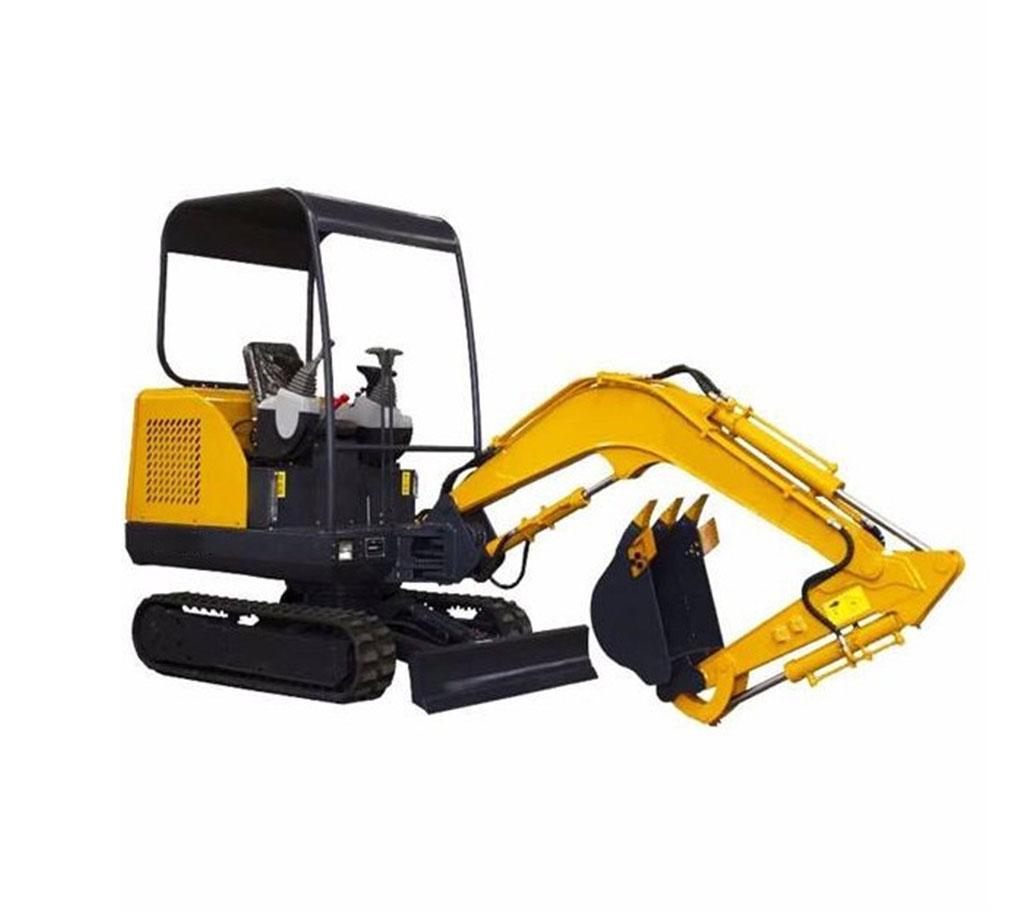- info@hightoptools.com
- Monday - Sunday 9.00 - 18.00
WhatsApp: +86 18162052962

1. On the ground to be leveled, first check the height and degree of the two ends of the ground, then find the elevation point from the ground, level the lower end, and then dig soil above the elevation point and fill it. In low-lying areas, areas, visual level.
2. When the small excavator falls on the boom, open the two arms to form an angle of about 45 degrees with the boom; open the bucket, so that the bucket mouth and the two arms are basically level; the bucket falls on the ground to receive the two arms and raise the boom Pull the soil back; the machine rotates to flatten the bucket in the bucket.
3. Leveling visually, coordinately manipulate the boom, two arms and bucket according to the specific terrain, and complete the leveling work.
In the past, the height and width of the common mini-excavators on the market were similar to those of the transport greenhouse introduced in the previous phase, mostly above 1.3 meters, and encountered difficulties when entering and exiting the greenhouse. In recent years, in response to the demand for deep greenhouses, many manufacturers have made improvements to make them suitable for deep ploughing operations in greenhouses.
The improvement of small excavators is mainly reflected in two aspects: one is the miniaturization of the body, the width and height of the excavator are greatly reduced, and the height and width of many mini excavators are controlled within 1 meter, so that it is easy to get out of the greenhouse. , Easy to operate without setting access channels. The second is to install a soil shovel in front of the soil to level the ground after excavation.
At present, the use of mini excavators in greenhouses has become common and practical, and it is an important choice for deep greenhouses.
Small excavators also paved the way for the promotion of straw bioreactors. Straw bioreactor is a good technology for improving ground temperature in winter, increasing soil permeability and permeability, replenishing carbon dioxide in the shed, improving plant robustness, increasing yield and fruit. The vegetable farmers who have been contacted know that the straw bioreactor is good, but in fact, not many vegetable farmers use the straw bioreactor. Most vegetable farmers gave up after one or two years, and rarely persisted. why? This is because the straw bioreactor has a big disadvantage, that is, it needs to dig deep trenches. In the absence of machinery, the cost of manual operation is too high and too troublesome, making the straw bioreactor "calling" and not being promoted in greenhouse vegetable production areas. Using a mini excavator, the operation of digging ditches is simple and effective, which is beneficial to the promotion of straw bioreactors.
Leave a comment